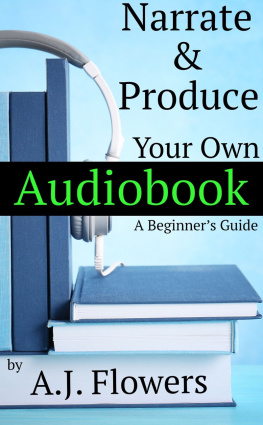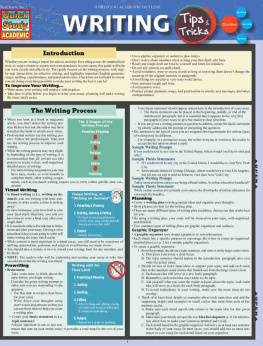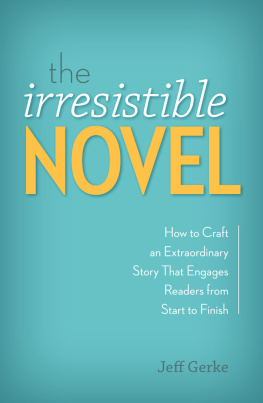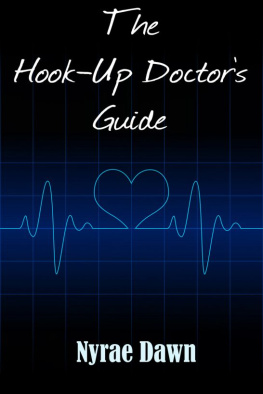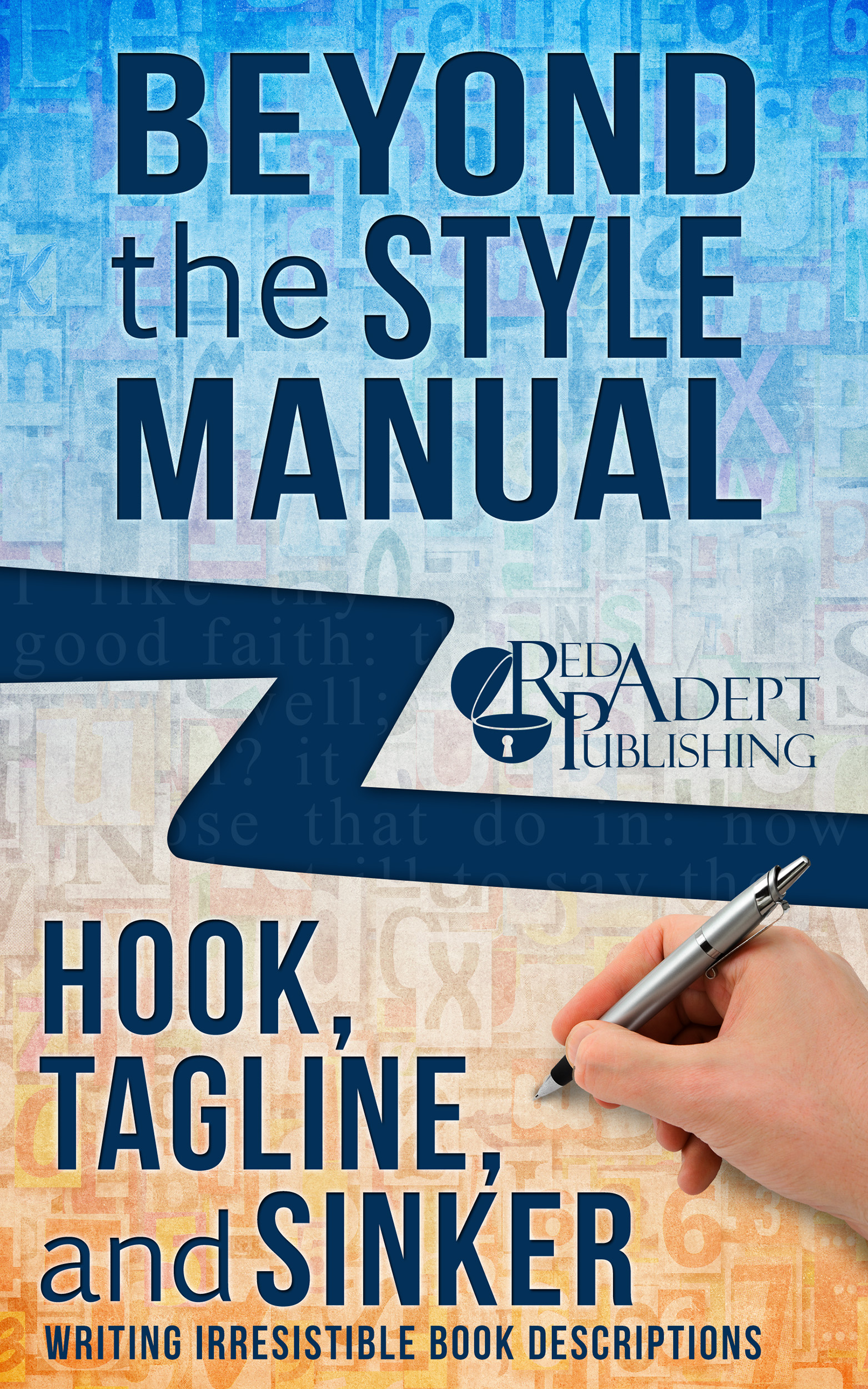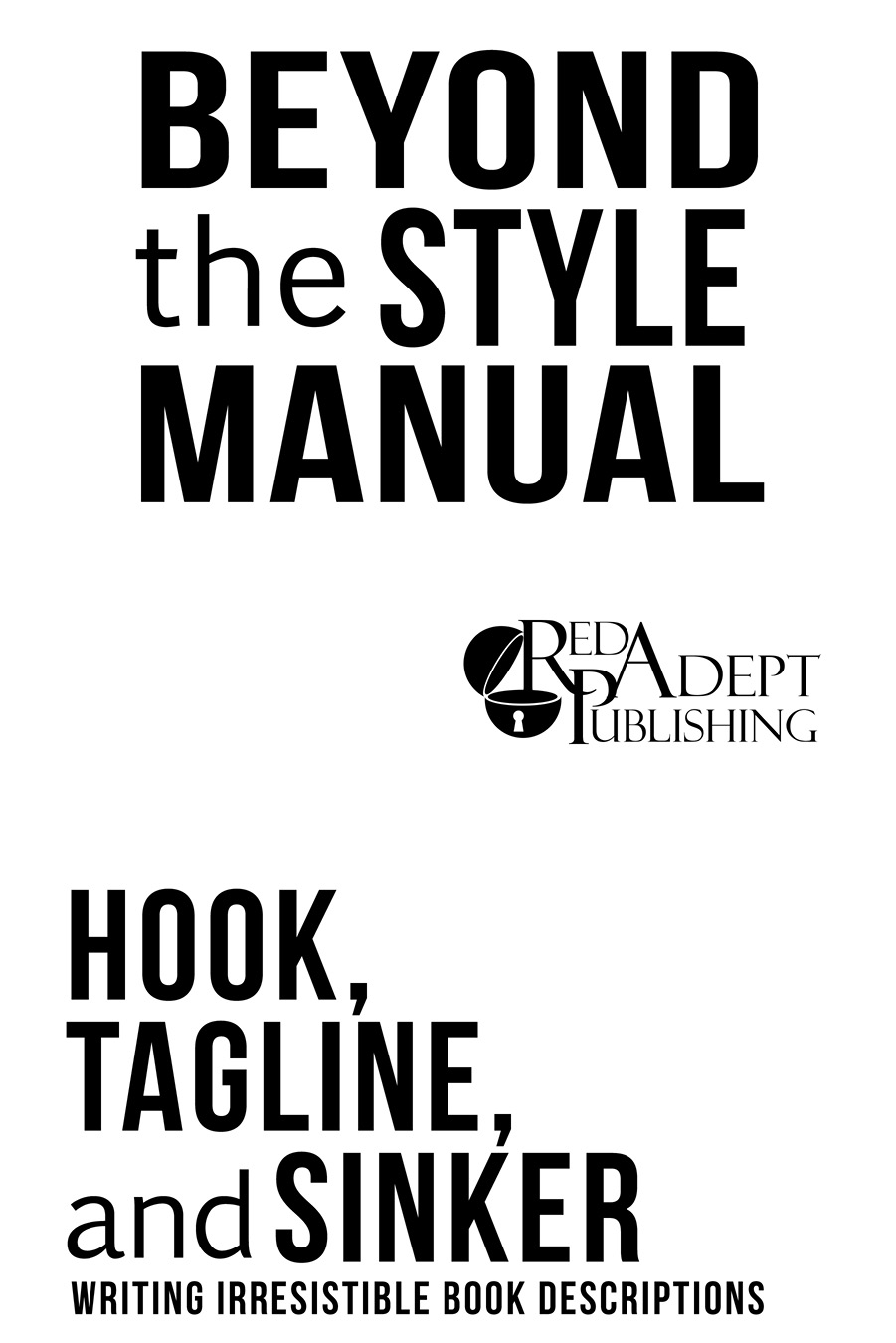
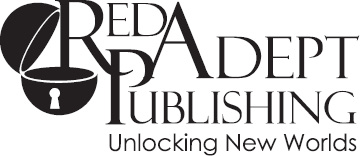
Beyond the Style Manual
Hook, Tagline, and Sinker
A Red Adept Publishing Book
Copyright 2014. All rights reserved.
First Kindle Edition: June 2014
Red Adept Publishing, LLC
104 Bugenfield Court
Garner, NC 27529
http://RedAdeptPublishing.com/
Thank you for downloading this Red Adept Publishing eBook |
Join our mailing list and get our monthly newsletter filled with upcoming releases, sales, contests, and other information from Red Adept Publishing. |
Click here to sign up |
Or visit us online to sign up at
http://redadeptpublishing.com/subscribe-to-our-monthly-newsletter/ |
Cover and Formatting: Streetlight Graphics
No part of this book may be reproduced, scanned, or distributed in any printed or electronic form without permission. Please do not participate in or encourage piracy of copyrighted materials in violation of the authors rights. Thank you for respecting the hard work of this author.
This is a work of fiction. Names, characters, places, and incidents either are the product of the authors imagination or are used fictitiously, and any resemblance to locales, events, business establishments, or actual personsliving or deadis entirely coincidental.
Introduction
Whats a book description, and why do I need to spend so much time on it? Why do I need this guide?
A book description is an enticing summary of the main character(s), setting, and conflict in your fiction book. Its the back cover copy, the lines of text everyone reads to see if they like the book enough to buy it.
Its also an example of your writing skills. A single awkward phrase, typo, or missed comma can persuade a significant number of your potential readers to look elsewhere. How can they trust that someone who cant manage a few paragraphs can pen a well-crafted novel? Readers often suspect this of indie authors due to the perception that many indie books are badly written, poorly edited, or both. A shiny book description can ease any subconscious concern that your potential readers have about the quality of your writing.
Browsing readers generally look at the cover art first, and if theyre pleased with that, they look at your book description. You need both to be in tiptop shape to make a sale.
Tiptop shape, for a book description, means promising something your target audience thinks they cant live without. Get it a little wrong, and your sales will fall short of their potential. Get it very wrong, and your book will get angry one-star reviews complaining about being misled.
Save your book from obscurity by writing an irresistible description.
Why is it so hard to write a few paragraphs when I just pounded out tens of thousands of words for my novel?
Its hard precisely because you know each and every one of those tens of thousands of words. How do you choose? Which are the best? How do you decide which characters and plot points to mention? Authors always have the hardest time writing their own book descriptions because so many minor details contribute to the collective awesomeness of the story and they love them all. After all, they chose those parts for their books.
Writing an awesome book description can take weeks. Or it can take half an hour. It all depends on how familiar you are with the aspects of a great book description and how well you apply it to your specific book.
Whats the difference between a book description and a blurb? Are there other terms that I might be getting confused with each other?
A book description is generally no more than two hundred words contained in no more than four paragraphs that describe the basic premise of the book without giving spoilers. Its entire purpose is to entice the reader to purchase the book in order to learn the rest of the story.
A blurb is praise for your book from another author, one whose name will be recognized by your readers. Another term for this is a testimonial . They generally look like this:
Couldnt put it down had me up until 4:00 a.m.!
Rich McFamous, author of That Book
A wild and rollicking ride that will have your head spinning and your sides splitting!
Regina Puzzlova, bestselling author of Dying to Read It
In addition, a book description is not a synopsis . A synopsis is a summary of the whole story, including the very end. Its usually defined by word count or length, such as one thousand words or one page, and is submitted to agents or publishing houses, depending on their specific guidelines. Professionals in the publishing industry need to know the end of your book. Potential readers dont. So in your book descriptions: no spoilers .
A sentence summary is twenty-five words or less, a one-line summary thats handy to memorize in case anyone asks you out of the blue what your book is about. Its really difficult to sum up sixty, eighty, or one hundred thousand words in one sentence unless youve prepared ahead of time. Having a sentence summary ready makes you look more like you know what youre doing with this whole writing-books thing.
Basics: Gathering Your Ingredients
C reating a book description is a lot like writing a book. You need all the proper ingredients close at hand before you begin. The ingredients for a book description vary from book to book, and you may not use each of them every time, but if you leave out a critical ingredient, the result is going to taste a little funny to your readers.
Have the following story elements gathered when you create your book description:
The name of your protagonist
Whether you give your characters first name, full name, or nickname, or you introduce them as the stranger known only by a catchy bandit or mafioso name, youll need to identify the character by some specific appellation for the benefit of your readers early on in the description, preferably in the first sentence.
Protagonists job and age (range)
Book descriptions often classify the main character in the first sentence with a reference to age and/or job. Compacting this basic information into the first part of the description gives the reader a specific group of categories to place the character into before getting distracted with all the excitement of the rest of the description. This condensed information helps them determine whether they will relate strongly to the character and, by extension, whether they will enjoy your book.
Tom Dickinson had been a long-haul trucker for over thirty years, but one nights fateful decision
Sixteen-year-old Maisie Smith has never kissed a boy, but when
When detective Susan Wilkins gets the call that yet another copycat
Protagonists status quo and/or an early trigger event that drags them into the plot
Many first sentences give the main characters status quo: what we find them doing when the book opens. Often, characters have their own expectations for their immediate futures, which have nothing to do with the plot about to ambush them. If you are planning a sudden reversal of fortune for your heroes, including what they expect as well as what actually happens to them is good fodder for hooking readers. Another option is to skip mentioning the status quo if it is not attached to important setting or plot details; choose instead to begin the first sentence with the trigger event that draws the character, sometimes reluctantly, into the main body of the plot.


